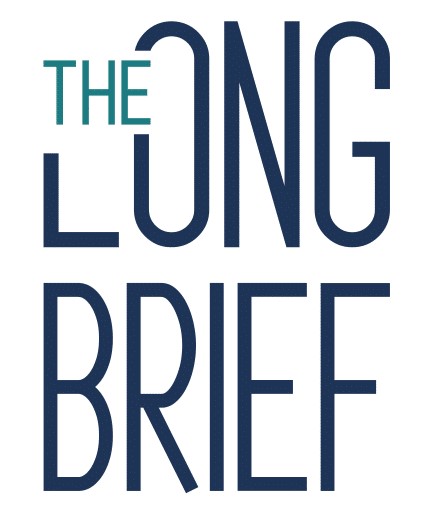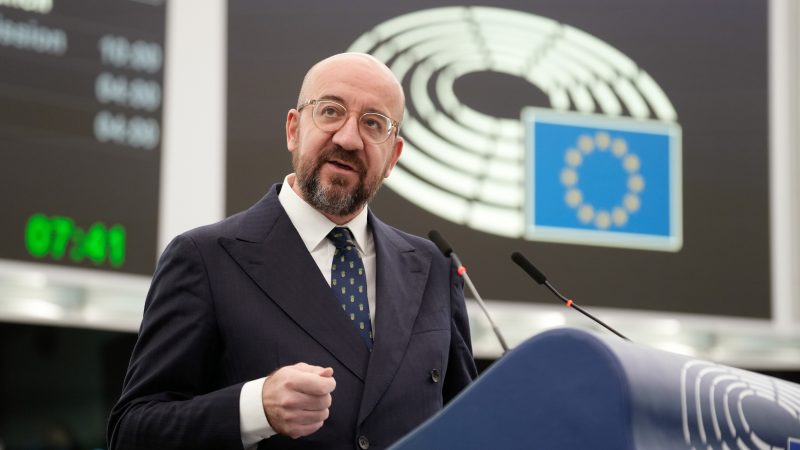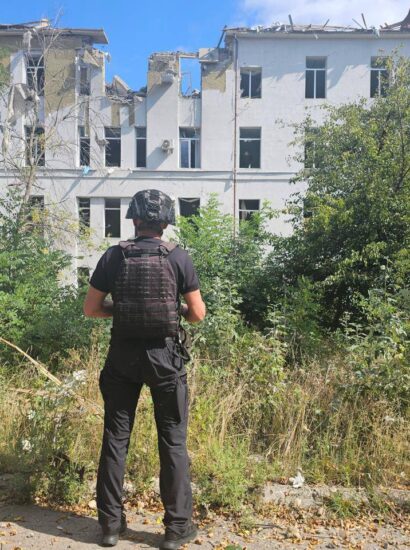In politics, too, the old adage is true that time will tell. But, it does matter how long that time is. For example, it took EU Member States eight years to reach a common position, supported by a large majority, on reforming asylum and migration rules, which are now almost completely unworkable. At the June meeting of interior ministers, only the Hungarian and Polish governments voted against the compromise proposal drafted by the Swedish EU Presidency, while four other member states, including the Czech Republic and Slovakia, abstained in voting about the European Union’s new migration pact.
At first glance, it was a repeat of September 2015, when a majority of member states, over the objections of some Eastern European partners, adopted a temporary law on the mandatory distribution of Syrian asylum seekers, which was later upheld by the European Court of Justice, rejecting the Hungarian and Slovak appeals.
In the end, the Orban government did not have to accept asylum seekers because of the temporary nature of the provision, and the Hungarian prime minister has now again predicted that he will not even consider implementing what he considers to be a bad common solution.
The Hungarian Prime Minister is, of course, aware that this is not yet final legislation, but only a political agreement by one of the legislators, the Council, which should still be agreed with the European Parliament, probably by the end of the year. Given the Parliament’s even more unfavourable negotiating position from a Hungarian point of view, the continuation on paper does not bode well for Budapest, which vehemently rejects the Council’s deal.
However, Orban is an experienced fox and knows that migration is a “political sport” like football, where a game lasts 90 minutes and a lot can happen before the final whistle.
And the EU’s migration pact, based on a delicate balance of interests, is a race against time. All parties involved know that the migration pact can only be sustainable if it succeeds in substantially reducing the migratory pressure on Europe. If not, and the migration surge intensifies in the summer months, it could pull the rug out from under the current agreement. So the best the Hungarian and Polish leaders can hope for now is that the reform can be reversed under the weight of events.
Migration is a subject on which it is impossible to find common ground between countries, and often even within them. To support the latter claim, it is enough to recall the fall of the Dutch government, which was caused by irreconcilable differences between the coalition partners over the tightening of migration rules. This cost the seat of Mark Rutte, the second longest serving European prime minister after Viktor Orban since 2010.
The biggest change from the great migration crisis of 2015 is that, fearing domestic political upheaval, the EU has tightened immigration rules across the board with few exceptions.
And at EU and national level, there have been significant efforts to strengthen external borders and to address the external dimension of migration – the root causes of migration.
These steps have created a more favourable context for reforming the long-pending common rules on asylum and migration, which were set in a world with much lower levels of population migration. From the outset, the migration bargain has been based on a delicate balance between the interests of three groups of countries in different situations: the Member States at the external borders, also known as the front countries, the transit countries (Hungary is in the first and second group) and the countries of destination. For years, the agreement was delayed by the fact that Italy and some other southern member states and, on the other side, Hungary and Poland, formed a blocking minority from diametrically opposite directions.
The spectacular concessions made to the Meloni government, including nearly €1 billion in aid to Tunisia, which has become the new starting point for mass North African migration, have tipped the scales, leaving Hungarians and Poles, who had hitherto rejected any attempt to find a solution, in the lurch.
But, will the deal on the main elements of the migration pact, which was struck under strong political pressure, be durable and, above all, workable? Critics say hardly, because it still fails to solve the problem that the Orban government believes is a prerequisite for any effective solution: it does not remove the pull factors. In Hungary’s view, this would require above all that, as in the Hungarian system recently condemned by the European Court of Justice, migrants should not be allowed to enter EU territory and asylum applications should be submitted for examination only outside the EU.
However, it is highly questionable whether this solution would discourage the hundreds of thousands of people who have taken to the roads in the hope of a better and safer life. Some believe that Hungary is the living refutation, where, despite the EU’s strictest asylum rules, the authorities have recorded 130 000 illegal border crossings, according to official figures.
Under the Council’s deal, those who would not be eligible would be screened by a border police procedure before entry. However, as the procedure is limited both in terms of staff and time, without an effective return, these people would also have to be allowed in and released over time, up to a maximum of 24 weeks after arrival.
“As long as you don’t have the extraterritoriality, there will always be a loophole,” noted a member state diplomat.
Another serious flaw of the system voted by the EU majority, in Hungary’s view, is that it essentially guarantees the distribution of at least 30 000 migrants a year between member states. This, critics say, is tantamount to an invitation letter, which means it will continue to have a sucking effect on migration.
According to the Orban government, despite all claims to the contrary, the mandatory refugee quota (relocation) will remain in place. It is true that solidarity will be optional for the aforementioned 30 000 people and will be replaced by a high price (€20 000 per person) or by other means. But, if the Member States’ offerings are less than 30 000, or only 60 per cent of the requested amount is reached, a mandatory system will be put in place whereby a contributing Member State will have to take responsibility for examining (and, if refused, returning) asylum applications of migrants who would otherwise be sent back to the first EU Member State of entry.
Ultimately, therefore, the whole system serves to distribute migrants arriving in Europe between Member States in order to relieve the pressure on frontline countries.
There is another element of the Council’s common position that the Hungarian prime minister repeatedly refers to as a migrant ghetto. It is that, under the draft, a minimum of 30 000 places will have to be created at EU level in reception centres at external borders, where pre-screening and border police procedures will be carried out. Given the very high number of illegal entry attempts in Hungary, experts say that Hungary could easily have to create 8-10,000 places, five times as many as Greece, which is a hotspot.
According to the diplomats we interviewed, this would essentially involve building four facilities on the Hungarian-Serbian border, previously known as transit zones, but which have just been dismantled following the European Court of Justice ruling. With the significant difference that, unlike the previous Hungarian rules, which were contrary to EU rules, asylum seekers could not be held in custody without a time limit. In any case, it is interesting that the Hungarian leader subsequently calls the EU transit zones, which are more relieved than the previous ones, migrant ghettos.








[…] creates huge security problems, huge economic problems and social problems too, because it costs a lot of money to our public finances, and it’s an immigration of people who don’t […]
[…] addition, we naturally want to put an end to the migration pact and take a much stricter line here by adopting the principle of Australia’s ‘no way’ system. […]